KNOXVILLE, Tenn. — The historic Bijou Theatre celebrates its 110th birthday Friday. When it first opened March 8, 1909, the theater was a treasure destined for several cycles of tarnish and polish.
"Bijou means jewel and this is the jewel of Knoxville. I'd argue it is the most historic building in Knoxville. It is the third-oldest building standing and the oldest commercial property," said Tom Bugg, general manager.
The gem of a theater was cut from part of another historic building. The theater was created by transforming the large ball room of the Lamar House hotel that dates back to the early 19th century. The Lamar House has its own distinguished past, including several noteworthy events during the Civil War.

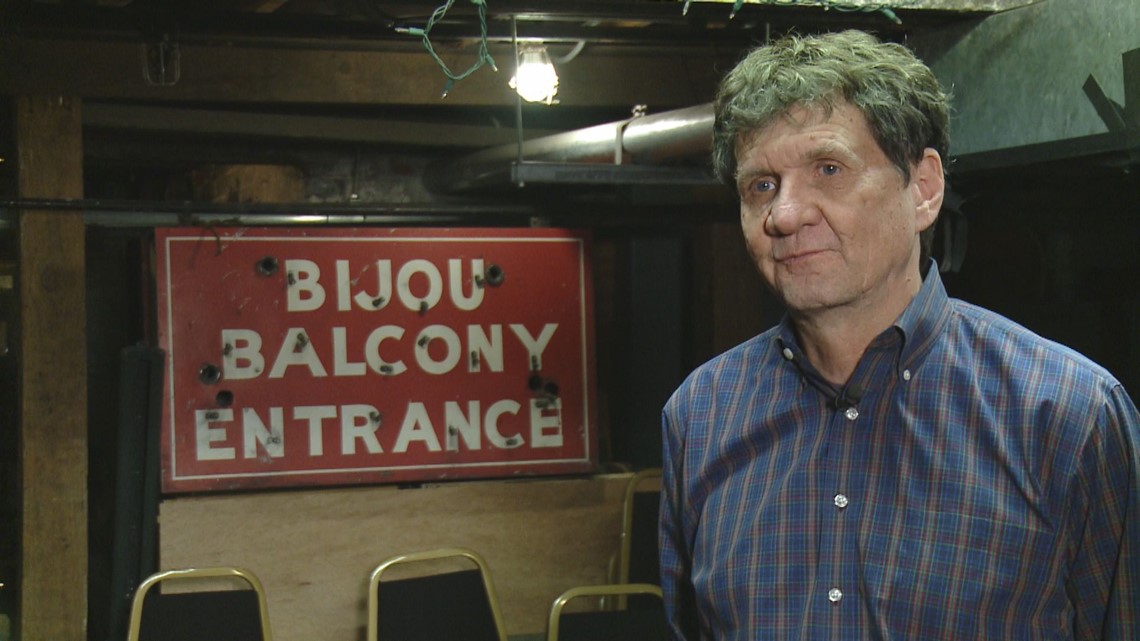
When the Bijou was created in 1909, it was an equal opportunity source of entertainment compared to most establishments of the era.
"When it opened in 1909, it was the first integrated business in Knoxville. But it was also segregated. The second balcony had a separate entrance for African Americans on the Cumberland Avenue side of the building," said Bugg. "The theater hosted performances by students at [HBCU] Knoxville College."
The shiny new jewel showcased vaudeville performances, operas, and stars such as the Marx Brothers.
By the late 1920s, the Bijou lost some of its luster with the new Tennessee Theatre shining bright just a couple of blocks away. The Bijou steered in an entirely different direction.

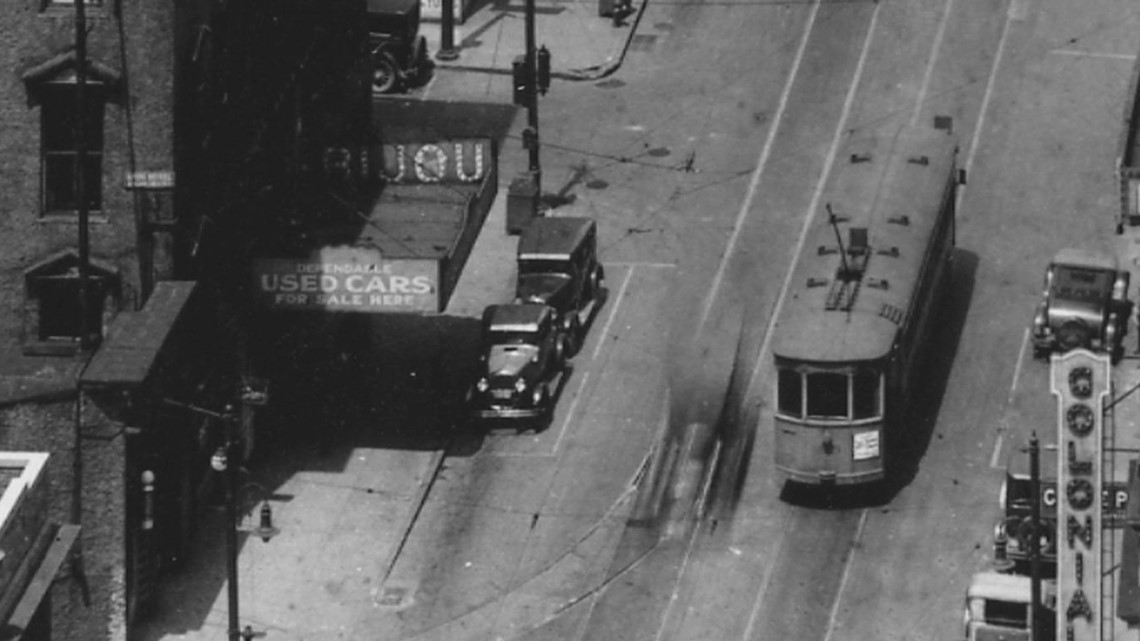
"For about five years it was a used car storage lot," said Bugg.
In 1935, the Bijou made a comeback by signing a 30-year contract with Paramount to show second-runs of blockbuster movies.
As the contract with Paramount was close to expiring, the Bijou had several other pressing problems in the 1960s. Civil rights activists picketed the Bijou, the Tennessee Theatre, and the Riviera on Gay Street to protest the segregated businesses.

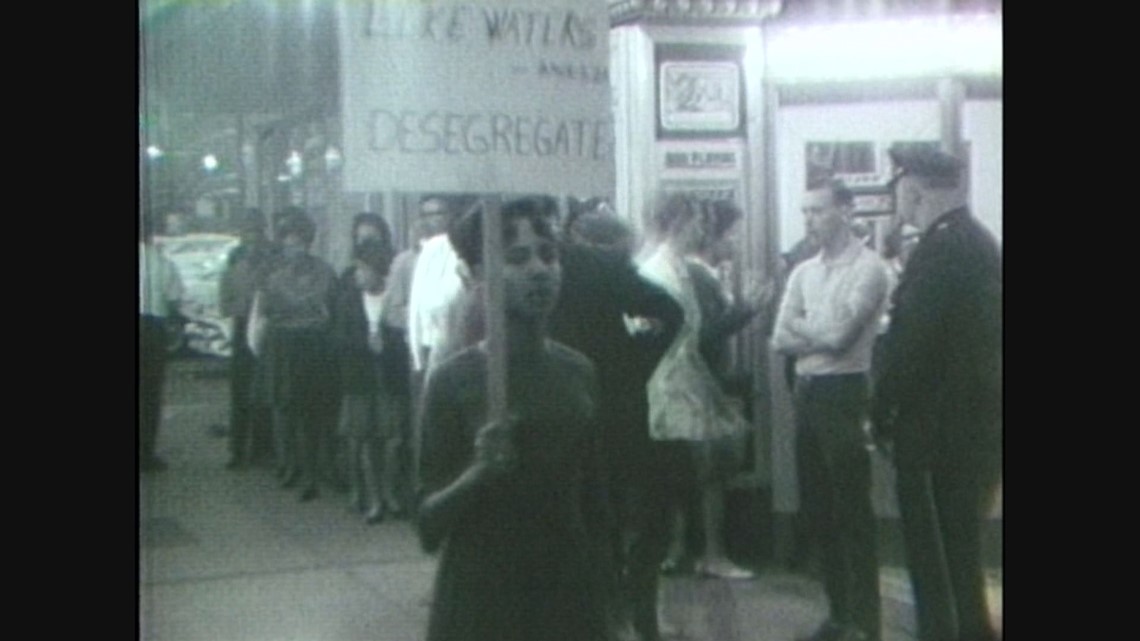
The Bijou was also attached to a building associated with poverty and crime. The Lamar House devolved into a grimy hotel notorious for prostitution.
Paramount did not renew its contract in 1965 and the renamed Bijou Arts Theatre reached for adulthood.
"I would say the lowest of the lows in this place's history was when it was a porno house in the 1960s and 70s," said Bugg.
Police were not exactly hot about the Bijou's role as an adult theater, but detectives were bothered. They watched the movies at the Bijou titled "A Man and Eight Girls" as well as the film "Going Down for the Third Time." City Intelligence Officer Randy Tyree, who would later become Knoxville's mayor in 1976, seized the films in 1969 and arrested the manager of the Bijou for violating obscenity laws.

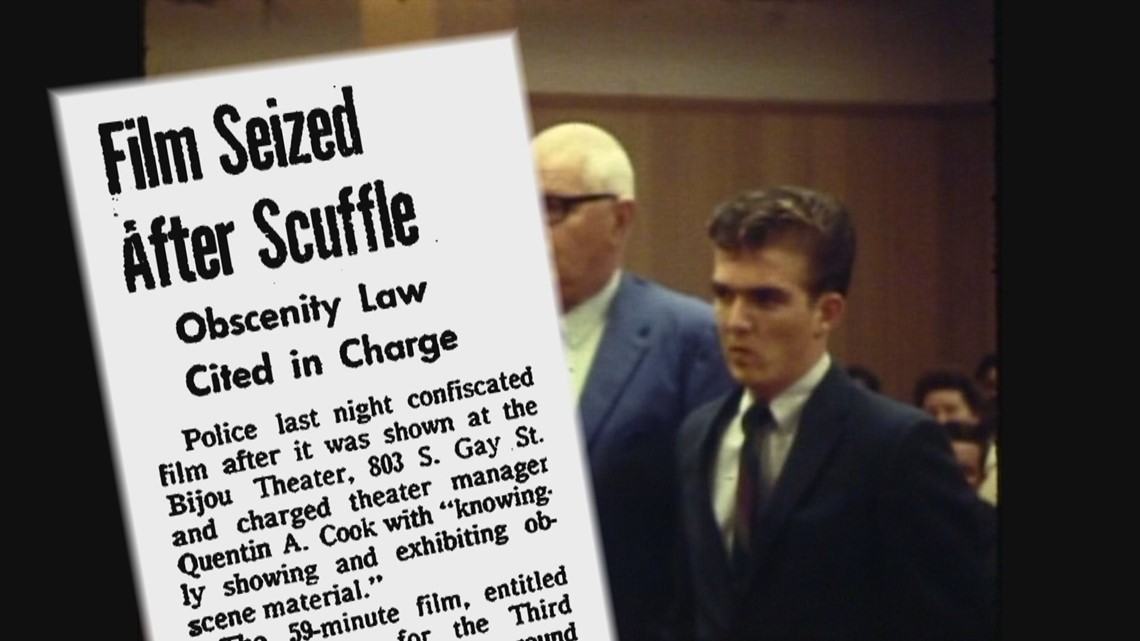
By the mid-1970s, the Bijou was closed and set for demolition.
"There was a campaign to save the Bijou. They raised enough money to buy the building and keep it from becoming a parking lot. That was the start of what is now Knox Heritage," said Bugg.
On July 4, 1976, the Lamar House and Bijou were purchased by what was then called Knoxville Heritage. The theater was restored over the next few years and was back to showcasing major musical acts in the early 1980s.
A WBIR report in 1981 said, "The restored interior is a showcase of art and architecture unparalleled in Knoxville. It is a genuine link to the past that functions as well today as it ever did. The completion of an adjacent restaurant, The Bistroy, has also had a positive effect."


The Bijou was back, but still needed extensive repairs and improvements. The gem was slowly dulled by a growing shadow of debt throughout the 1990s.
By 2004, the Bijou was mortgaged and shut down.
"Luckily, our mayor at the time, Bill Haslam, said this is a vital part of Knoxville," said Bugg.
Another fundraising effort saved the Bijou. In 2006, it reopened with solid management in place and a successful strategy for survival. As of 2018, the mortgage was paid and the theater was debt-free.

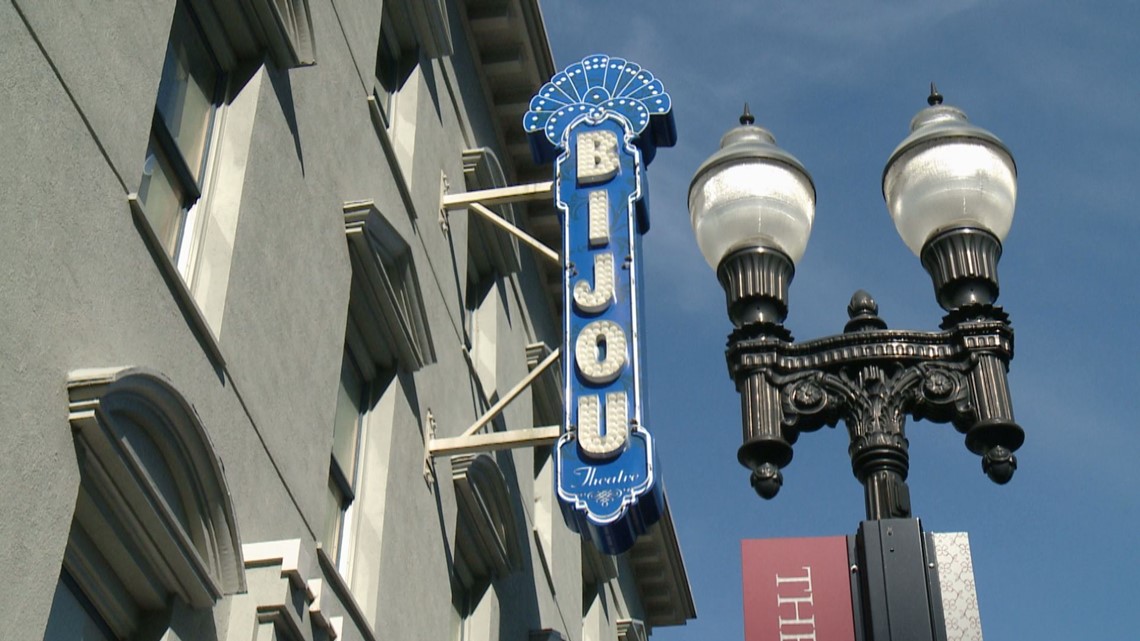
To Bugg, the theater's ability to survive for 110 years is not what impresses him the most.
"What makes this place great is not how long it has been around. When you walk through the doors and into the auditorium, you see this is a cool little theater. It is just cool. It is beautiful. The acoustics are amazing, going back to a time when there were no electronic public address systems. It is a gem of Knoxville," said Bugg.
While the Bijou's birthday is technically March 8, the birthday celebration is scheduled for March 15, 2009, with a vaudeville extravaganza.

